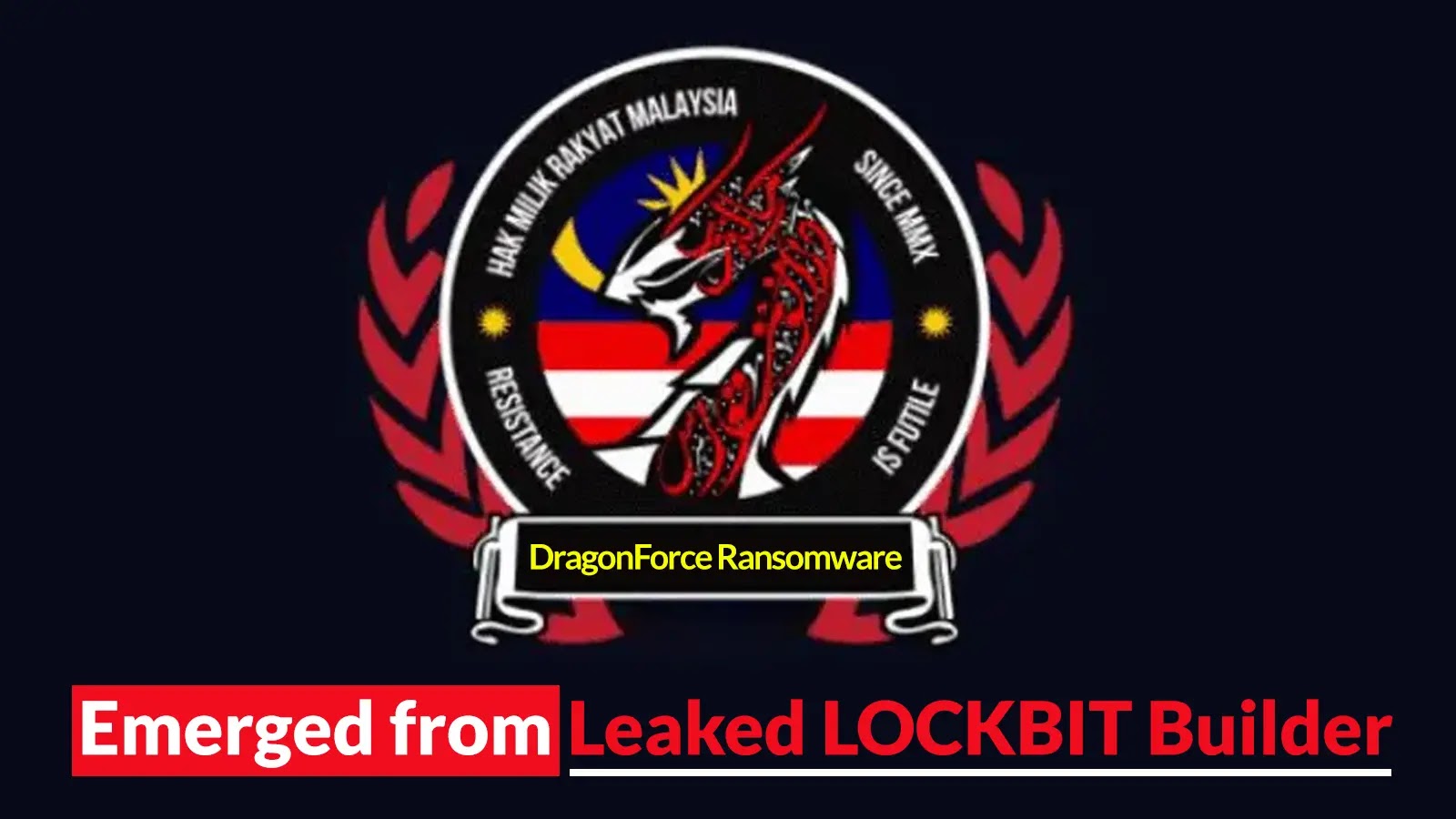Researchers discovered new Virobot Ransomware that distributed along with botnet futures mainly focusing on victims based on the United States.
Attackers using spam email botnet to delivery the ransomware into more number of victims and this ransomware doesn’t have a previous Ransomware family.
Cybercriminals always finding new innovative techniques to compromise victims by developing sophisticated threats.
Initially, Virobot Ransomware observed in 2017, it initially Ransomware gathers, Machine GUID, Machine Name, User Name.
Also Read: Ransomware Attack Response and Mitigation Checklist
Virobot Ransomware Infection Process
Once targeted victims got infected with Virobot Ransomware, it ensures the victim’s machine whether was encrypted before or not by check GUID and product key’s registry key.
It using cryptographic Random Number Generator to generates an encryption and decryption key.
Later it shares the gathered victim’s data and sends it to the attackers via the command & control server using the generated key.
Once the ransomware received the required command from the attacker then it starts the encryption process and completely encrypts the disk files using RSA encryption algorithm.

After completing the encryption process, Virobot Ransomware displays the ransom notes which is written in the French language despite the victim’s Geo-location.

Botnet & Keylogging Future
Apart from the ransomware infection Virobot also having keylogging future that connects back to its C&C server and sends the stolen keylogged information to the attacker.

According to Trend Micro, Virobot’s botnet capability is evidenced by its use of an infected machine’s Microsoft Outlook to send spam emails to the user’s contact list. Virobot will send a copy of itself or a malicious file downloaded from its C&C server.
During the Analysis of this ransomware, Virobot doesn’t encrypt any files since the Command & control server temporarily taken down, researchers said.






.webp)

.webp)
